Trendy Sotho Traditional Attire 2023 for Women
The Sotho traditional attire vesture is a various and striking ensemble. The Sotho people are a Bantu ethnical group who inhabit southern Africa. Their traditional vesture is among the most various and ornate in all of Africa.
 Characterized by its use of vibrant colors and intricate beadwork, the Sotho people have maintained their traditional dress despite close contact with Western culture. In this blog post, we will explore the history and meaning of Sotho traditional vesture, as well as its ultramodern- day uses and significance.
Characterized by its use of vibrant colors and intricate beadwork, the Sotho people have maintained their traditional dress despite close contact with Western culture. In this blog post, we will explore the history and meaning of Sotho traditional vesture, as well as its ultramodern- day uses and significance.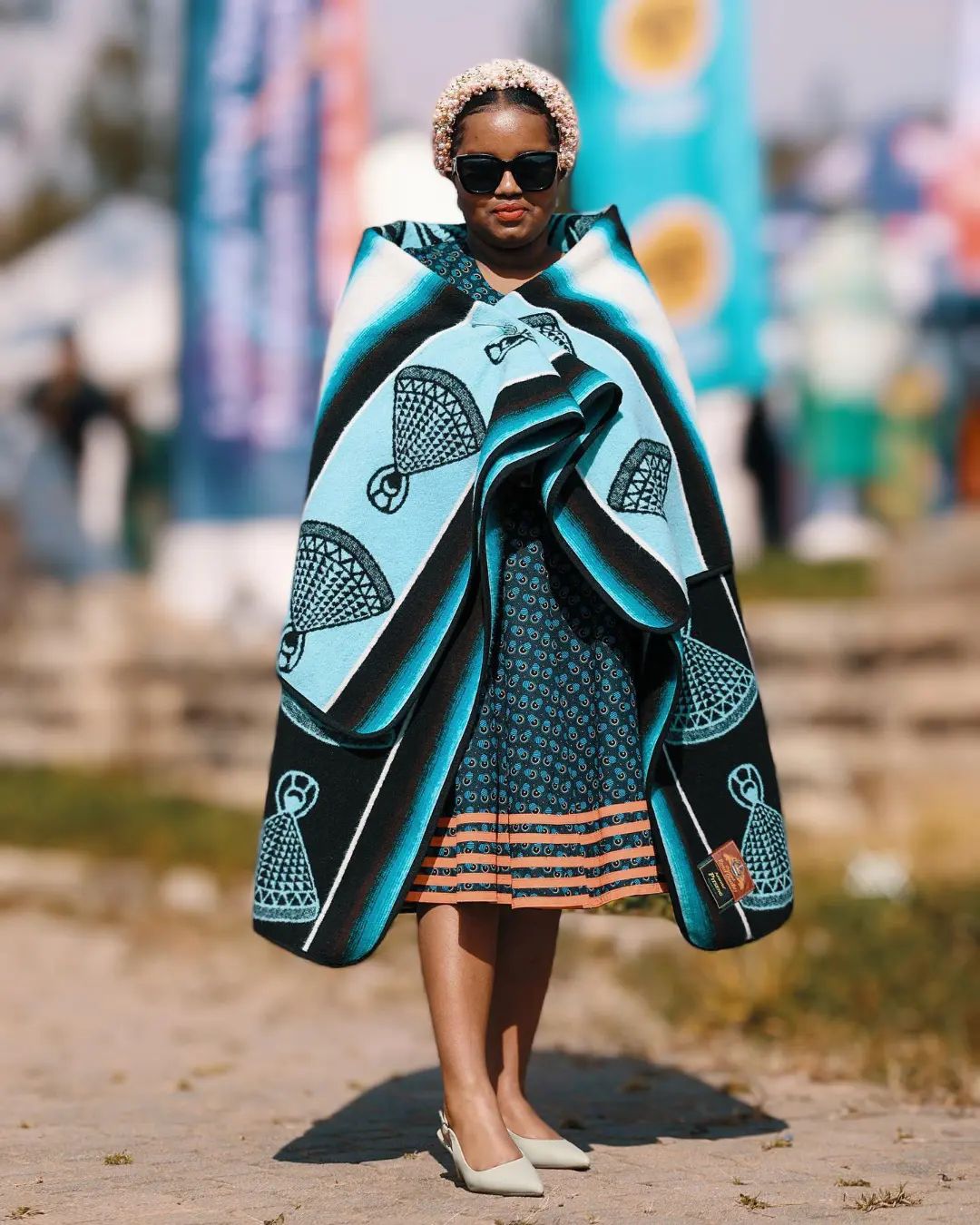
The Basotho nation is a Southern African ethnical group whose members traditionally wear distinctive robes and aprons made from beast skins. The men’s mask, called a leso, is generally white and is worn draped over one shoulder, while the apron, called a seTswana, is worn around the midriff. The women’s mask, called a mokorotlo, is brightly colored and is worn wrapped around the body.
Sotho Traditional Attire
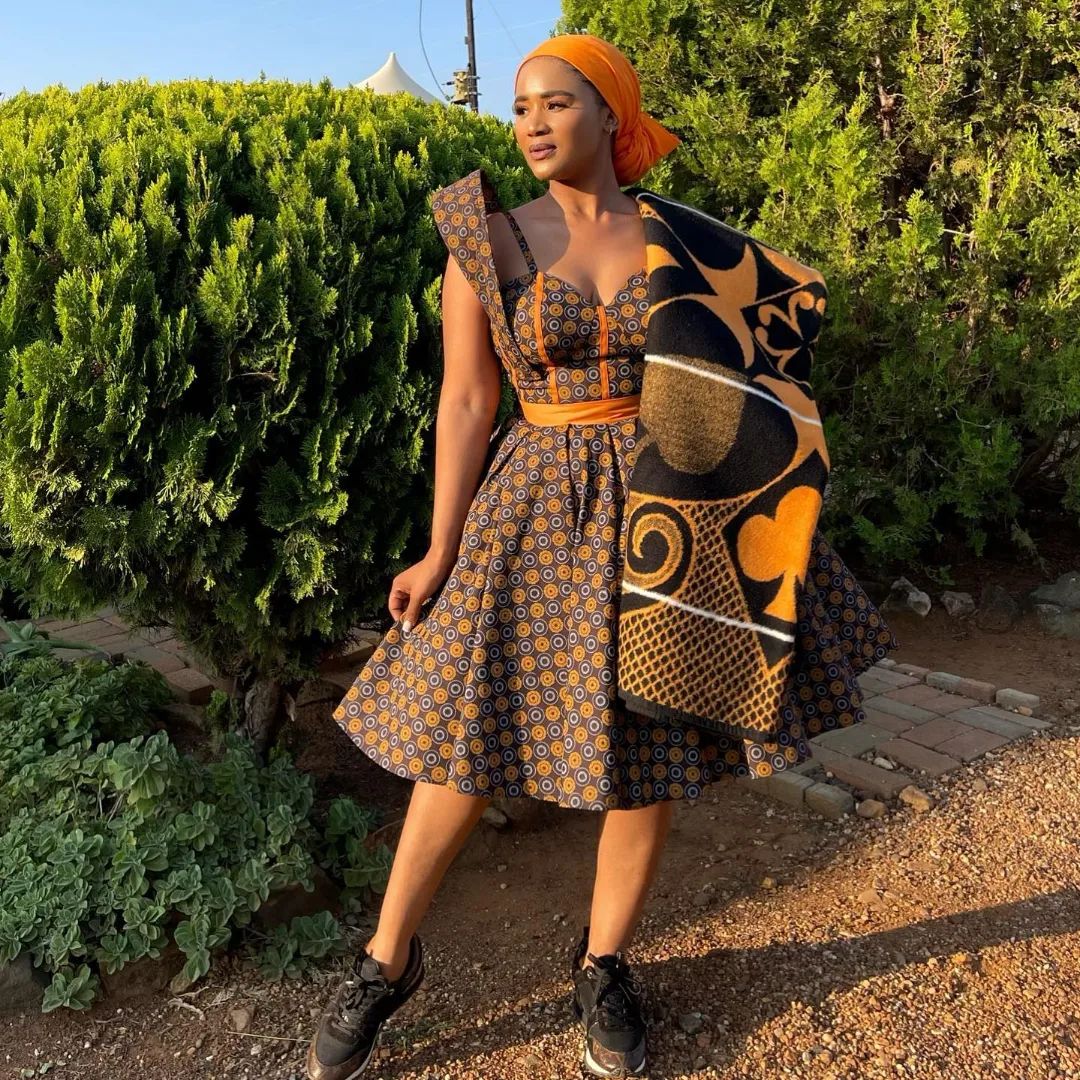 The Sotho people are indigenous to Southern Africa and have a long tradition of wearing various and intricate traditional vesture. Though this apparel is frequently seen as simply ornamental, it has a deep artistic significance for the Sotho people. In particular, the vesture worn by women reflects their position within society and their connubial status. For illustration, unattached girls wear brightly multicolored head wraps while wedded women beautify themselves with elaborate hats.
The Sotho people are indigenous to Southern Africa and have a long tradition of wearing various and intricate traditional vesture. Though this apparel is frequently seen as simply ornamental, it has a deep artistic significance for the Sotho people. In particular, the vesture worn by women reflects their position within society and their connubial status. For illustration, unattached girls wear brightly multicolored head wraps while wedded women beautify themselves with elaborate hats.
A series of Basotho fiefdoms preliminarily covered the southern part of the table( Free State Province and corridor of Gauteng). Each Basotho Chiefdom was ruled by a terrarium, or an extended clan. The loose confederations were united under one banner.
![]() 19th Century Sotho Traditional Attire
19th Century Sotho Traditional Attire
In the 1820s, deportees from the Zulu expansion under Shaka came into contact with people of the same race who were abiding on the highveld. In 1823, pressure forced one group of Basotho, called Kololo, to resettle north.
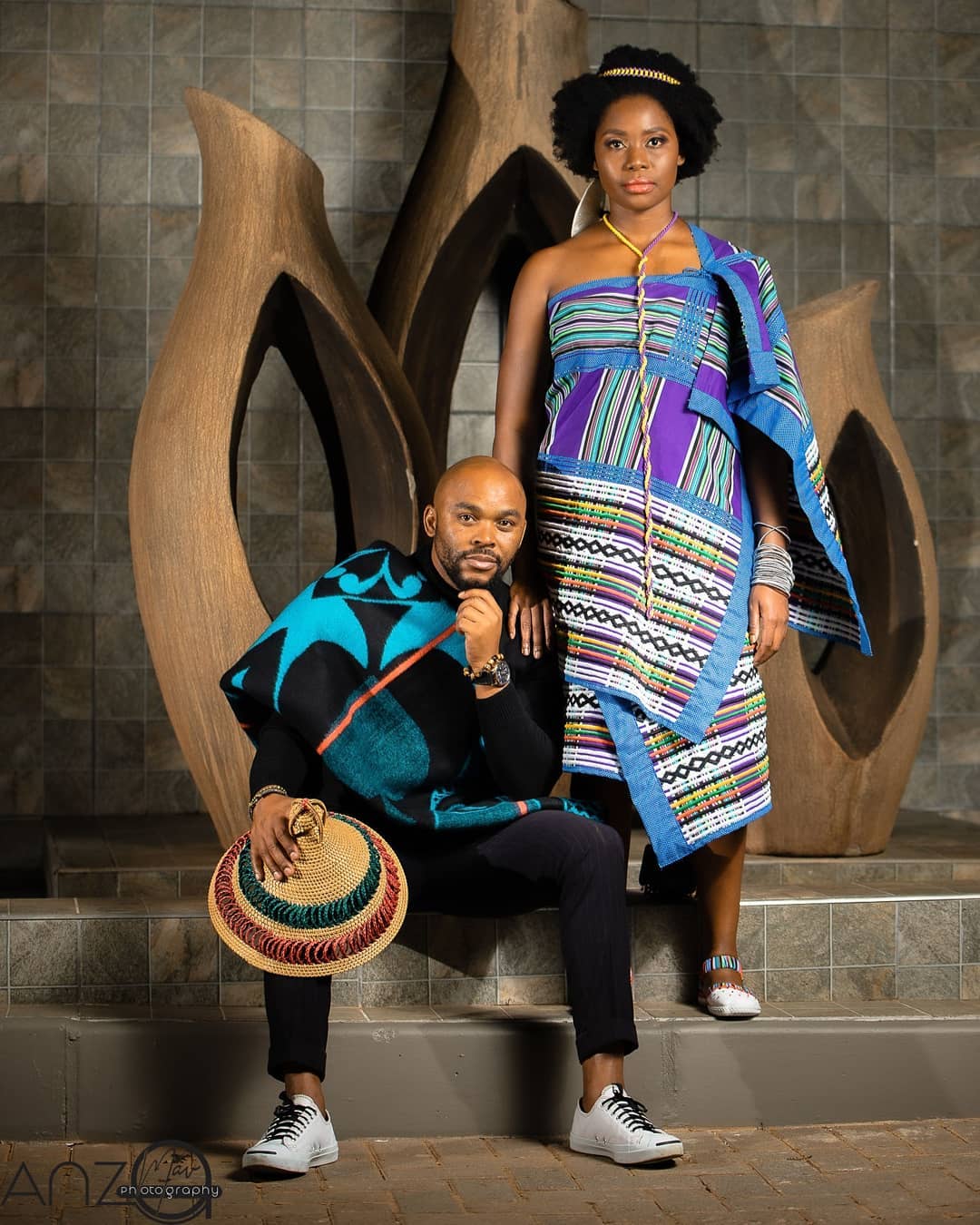 The Kololo moved past the Okavango Swamp and across the Zambezi into Barotseland, which is now part of Zambia. In 1845, they conquered Barotseland.
The Kololo moved past the Okavango Swamp and across the Zambezi into Barotseland, which is now part of Zambia. In 1845, they conquered Barotseland.
Boers began to worm on Basotho home at roughly the same time. After the Cape Colony was ceded to Britain following the Napoleonic Wars, growers who chose to leave the former Dutch colony were called voortrekkers and moved inland where they ultimately innovated independent polities.
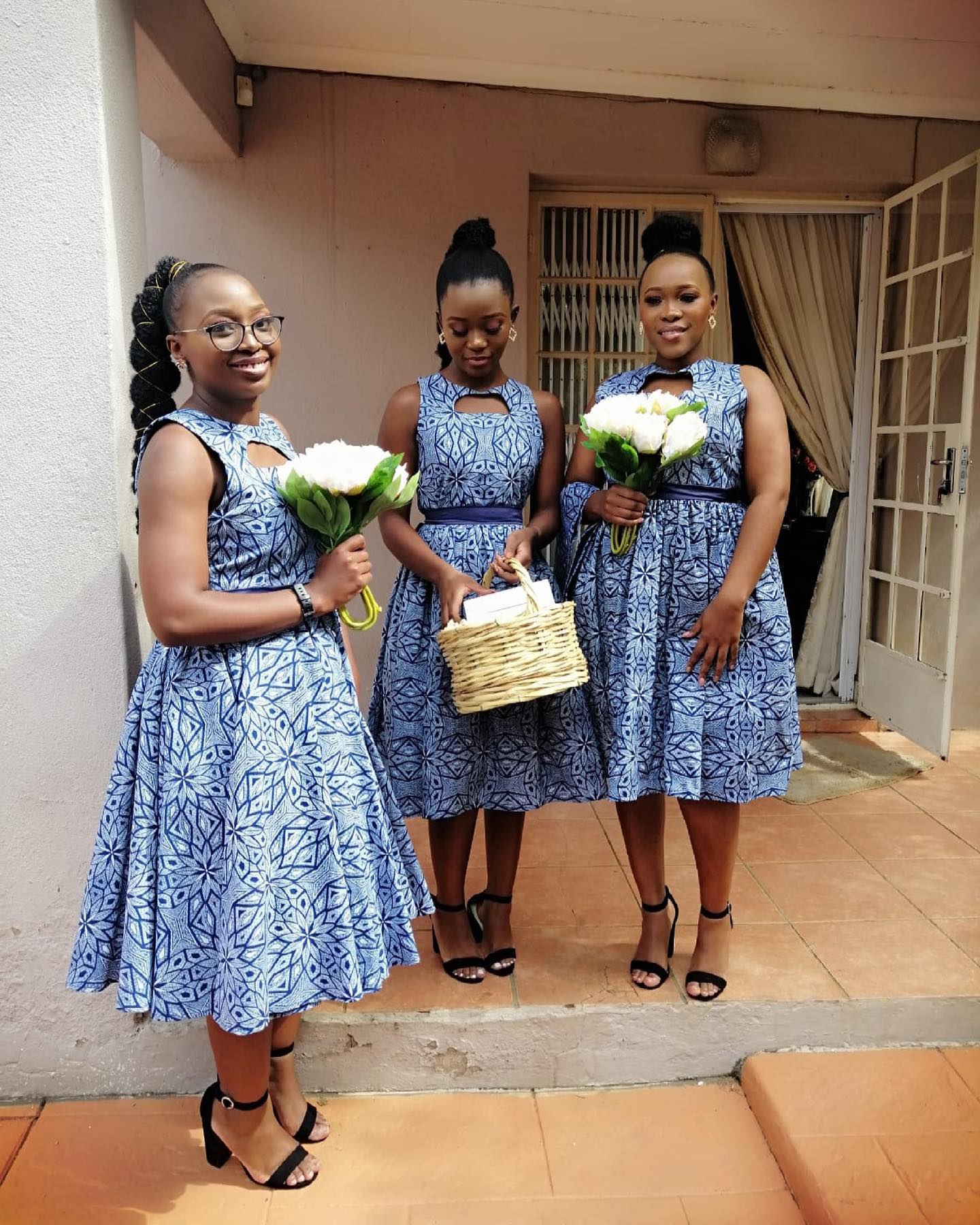 At the time of these developments, Moshoeshoe I had gained control of the Basotho fiefdoms in the southern highveld. He was widely praised as a professed diplomat and strategist. Moshoeshoe managed to mould the distant exile groups fleeing from the Difaqane into a cohesive nation.
At the time of these developments, Moshoeshoe I had gained control of the Basotho fiefdoms in the southern highveld. He was widely praised as a professed diplomat and strategist. Moshoeshoe managed to mould the distant exile groups fleeing from the Difaqane into a cohesive nation.
The king responded to the difficulties that destroyed other indigenous South African fiefdoms in the nineteenth century, similar as the Zulu Mfecane and Voortrekker inward expansion, by leading his people to freedom.
In 1822, Moshoeshoe moved his capital to Butha- Buthe, a small mountain that was easy to defend, which would ultimately come the Kingdom of Lesotho. 10 times latterly, he moved the capital again to Thaba Bosiu.
Boer Encroachment
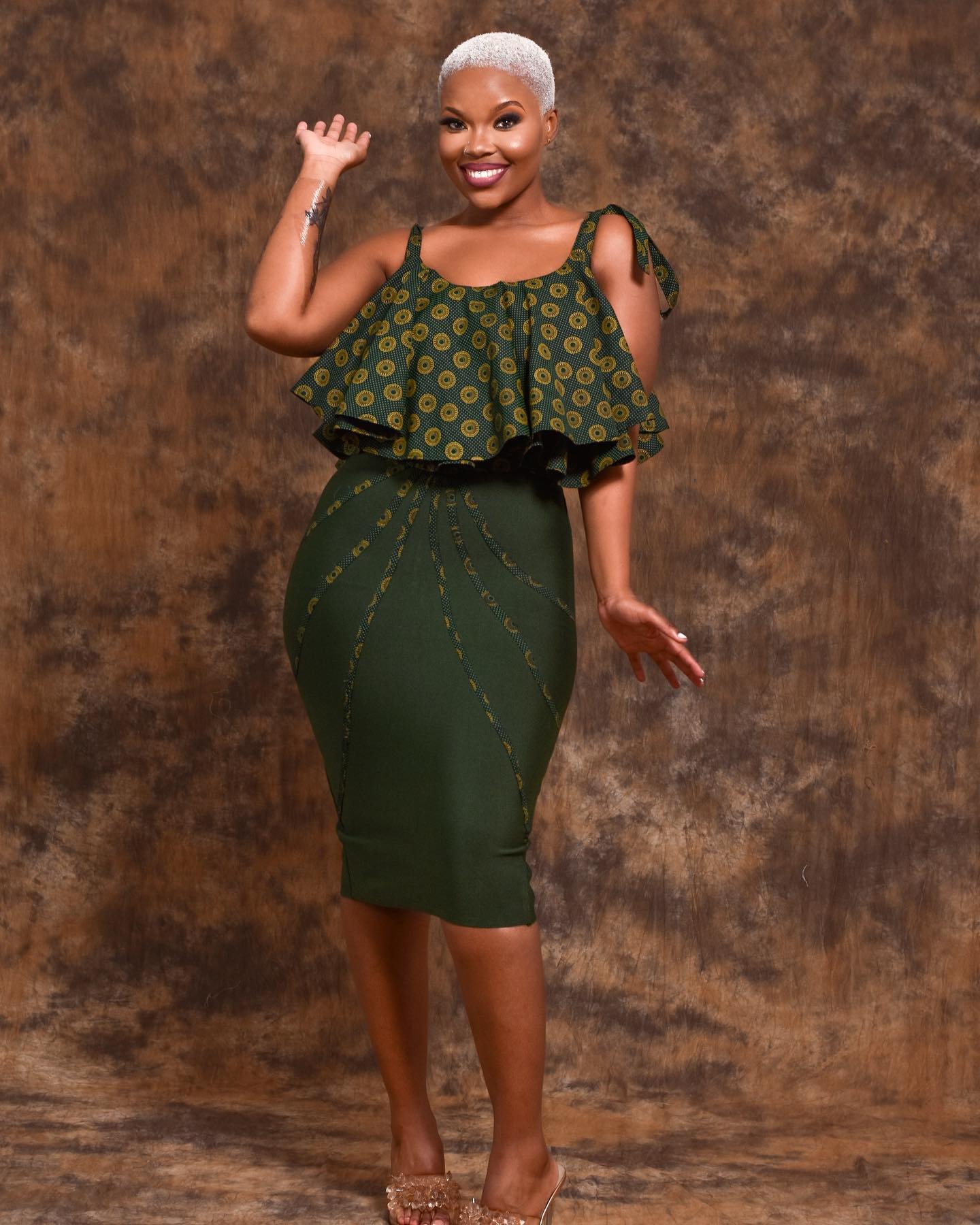 To combat the inching Voortrekker groups, Moshoeshoe encouraged French missionary exertion in his area. Missionaries transferred by the Paris Evangelical Missionary Society gave the King foreign policy advice and backed in the procurement of ultramodern munitions.
To combat the inching Voortrekker groups, Moshoeshoe encouraged French missionary exertion in his area. Missionaries transferred by the Paris Evangelical Missionary Society gave the King foreign policy advice and backed in the procurement of ultramodern munitions.
Away from acting as state ministers, missionaries played a vital part in delineating Sesotho orthography and printing Sesotho language accoutrements between 1837 and 1855. The first Sesotho restatement of the Bible appeared in 1878.
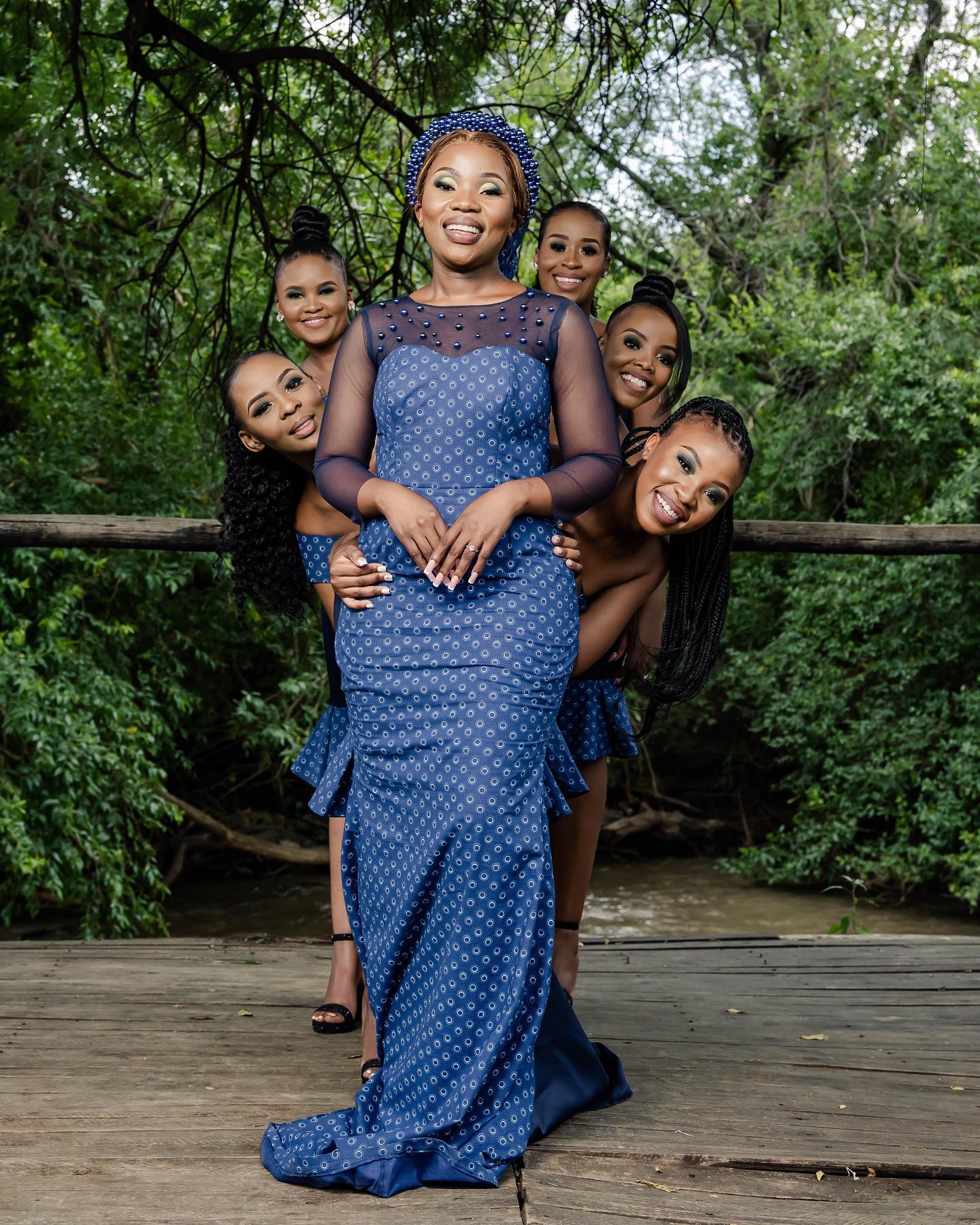 After the Boers took over the western lowlands during the Free State- Basotho Wars in 1868, Moshoeshoe appealed to Queen Victoria to make Basutoland a mandate of Britain. As similar, British administration was set up in Maseru, which is Lesotho’s current capital megacity.
After the Boers took over the western lowlands during the Free State- Basotho Wars in 1868, Moshoeshoe appealed to Queen Victoria to make Basutoland a mandate of Britain. As similar, British administration was set up in Maseru, which is Lesotho’s current capital megacity.
British Influence
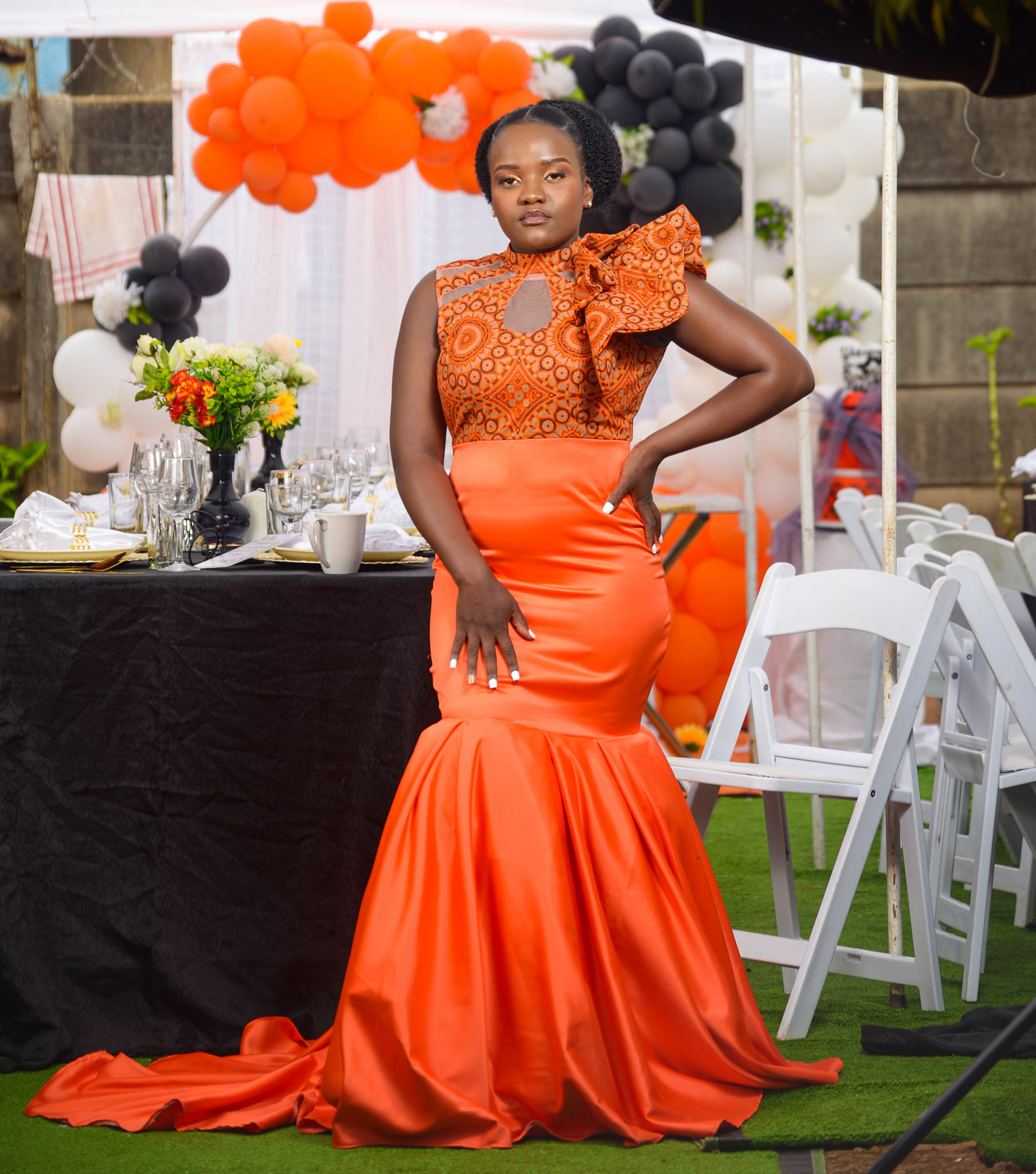 Internal affairs were controlled by the vill chiefs. Britain was in charge of transnational issues and the protection of the mandate.
Internal affairs were controlled by the vill chiefs. Britain was in charge of transnational issues and the protection of the mandate.
The British government patronized a procedure to define the Basotho area’s borders in 1869. While numerous families had homes within the Basotho area, there were a large number of Sesotho speakers who lived within the Orange Free State. This was a autonomous voortrekker democracy that framed on the Basotho area.
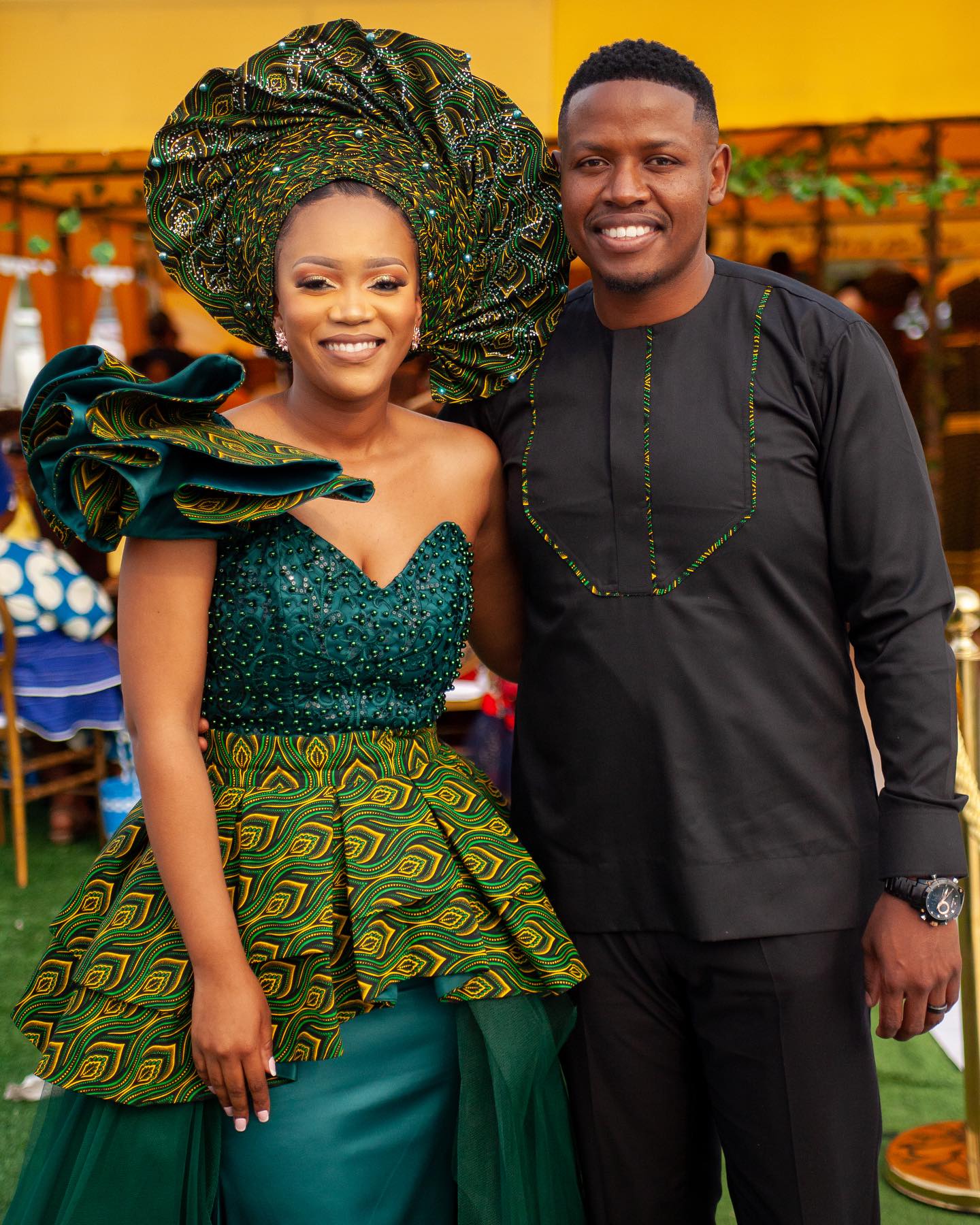 The Orange Free State, and latterly the Republic of South Africa, tried to absorb part or all of Basutoland on several occasions, but Britain’s protection averted them from doing so. In 1966, Britain granted Lesotho independence, making it the Kingdom of Lesotho.
The Orange Free State, and latterly the Republic of South Africa, tried to absorb part or all of Basutoland on several occasions, but Britain’s protection averted them from doing so. In 1966, Britain granted Lesotho independence, making it the Kingdom of Lesotho.
The Intolerance period and Beyond
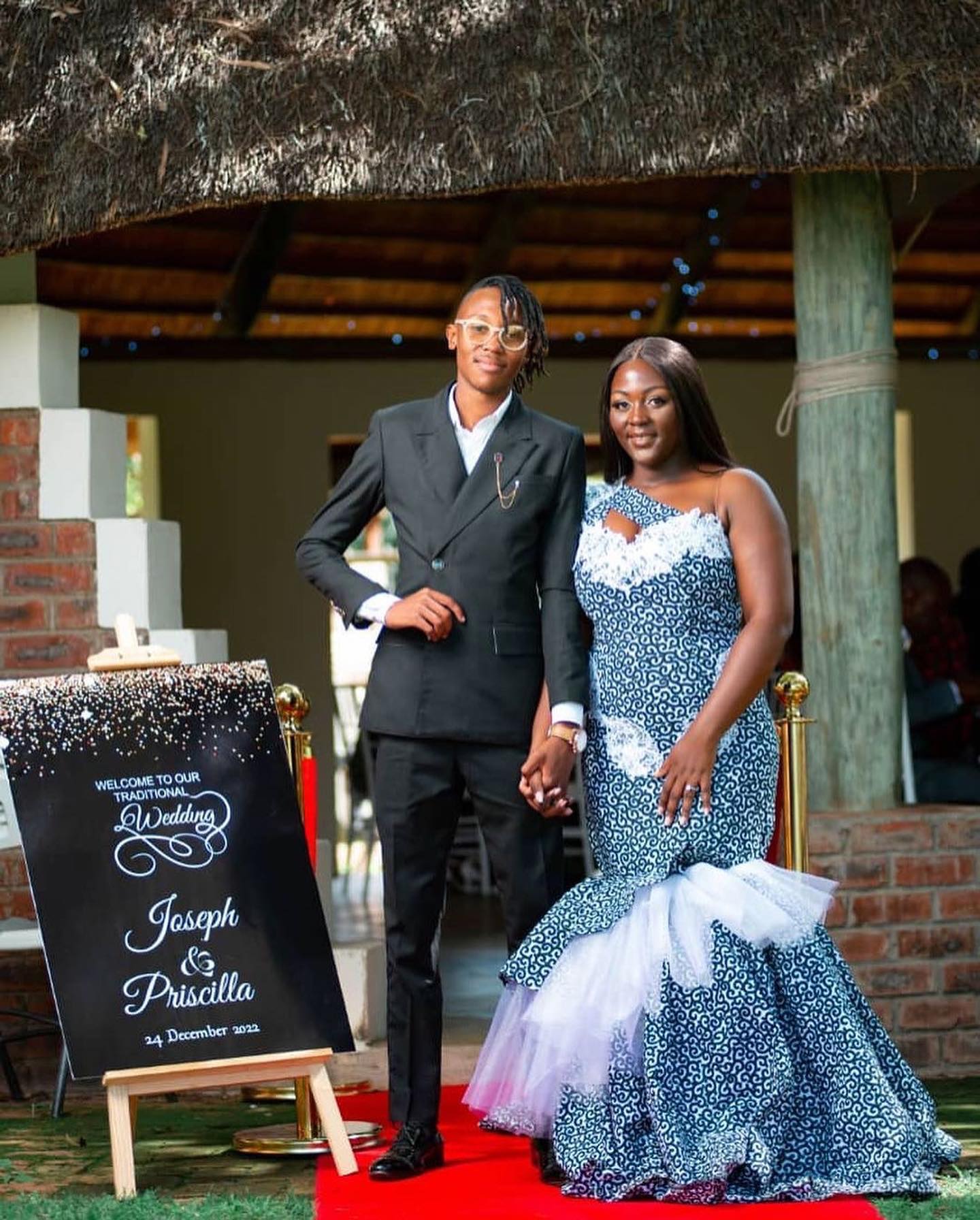 The intolerance government’s sweats to drive Sesotho speakers into designated motherlands had little impact on their agreement patterns. Large figures of people continued to resettle from the Black area’s traditional areas.
The intolerance government’s sweats to drive Sesotho speakers into designated motherlands had little impact on their agreement patterns. Large figures of people continued to resettle from the Black area’s traditional areas.
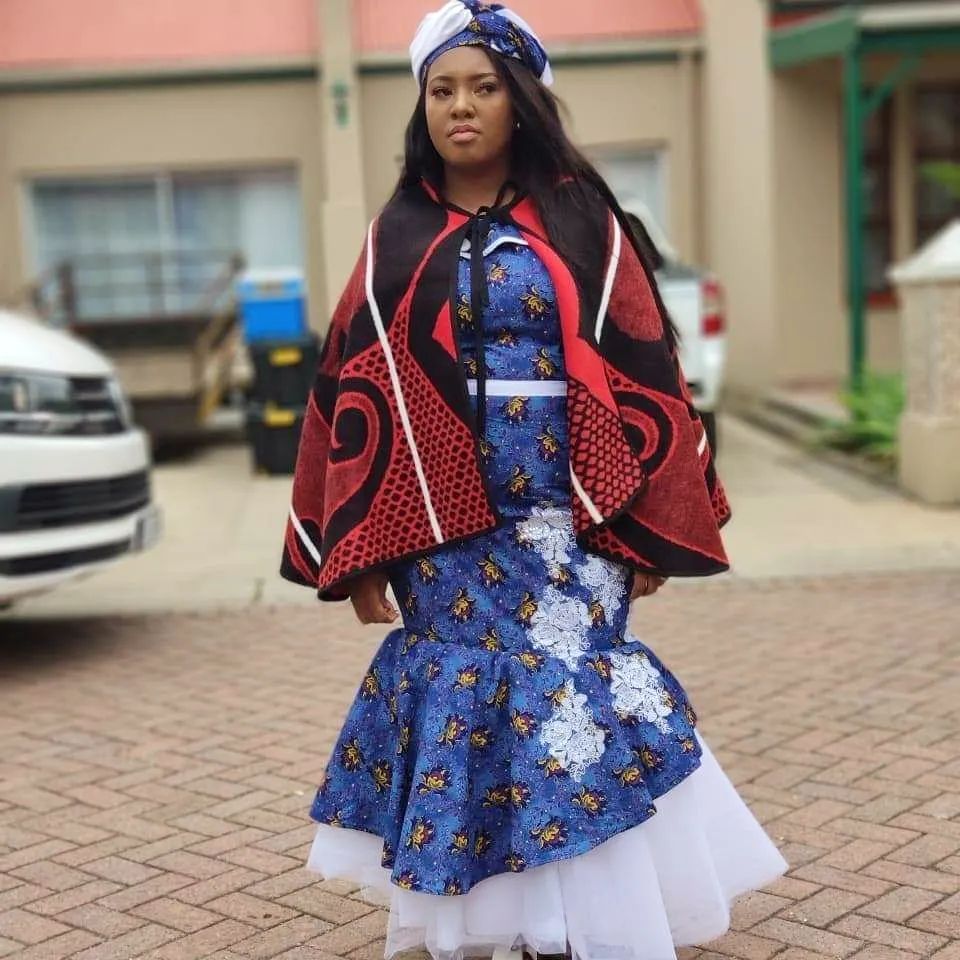 19th Century Sotho Traditional Attire
19th Century Sotho Traditional Attire
Comments are closed.